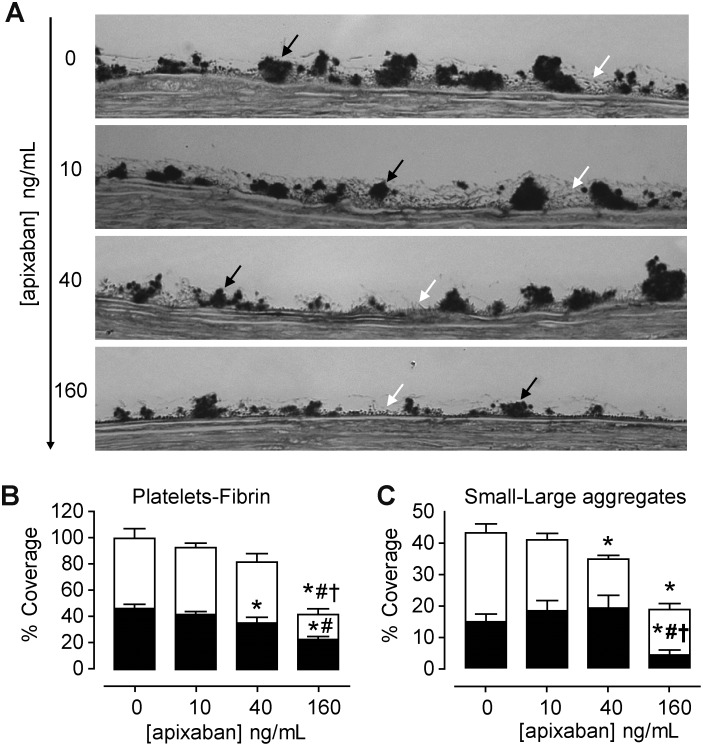Fig 1. Effects of apixaban on platelet and fibrin interactions with damaged vessels exposed to flowing blood.
At the highest concentration, apixaban significantly inhibited the incorporation of fibrin and platelets into the forming thrombi. Inhibitory effects on fibrin formation were not observed with apixaban at 40 or 10 ng/mL. Antiplatelet effects of apixaban were still evident at 40 ng/mL. (A) Representative micrographs showing platelets and fibrin interactions on cross-sections of the perfused vessels. Citrated blood previously incubated with different concentrations of apixaban (0, 10, 40 and 160 ng/mL) was recalcified and immediately perfused at a shear rate of 800 s-1, for 5 min. Black arrows point to platelet aggregates and white arrows indicate fibrin (Magnification x1000). (B) Bar diagrams represent results of morphometric evaluations in cross-sections of perfused vessels, showing percentage of surface covered by platelets aggregates (black) or fibrin (white). (C) Bar diagrams represent presence of small (< 5 microns height; black) and large (> 5 microns height; white) platelet aggregates. Results are expressed as Mean ± S.E.M (n = 5).* p<0.01 vs. baseline (no apixaban); # p<0.01 vs. apixaban 10 ng/mL and † p<0.01 vs. apixaban 40 ng/mL.

